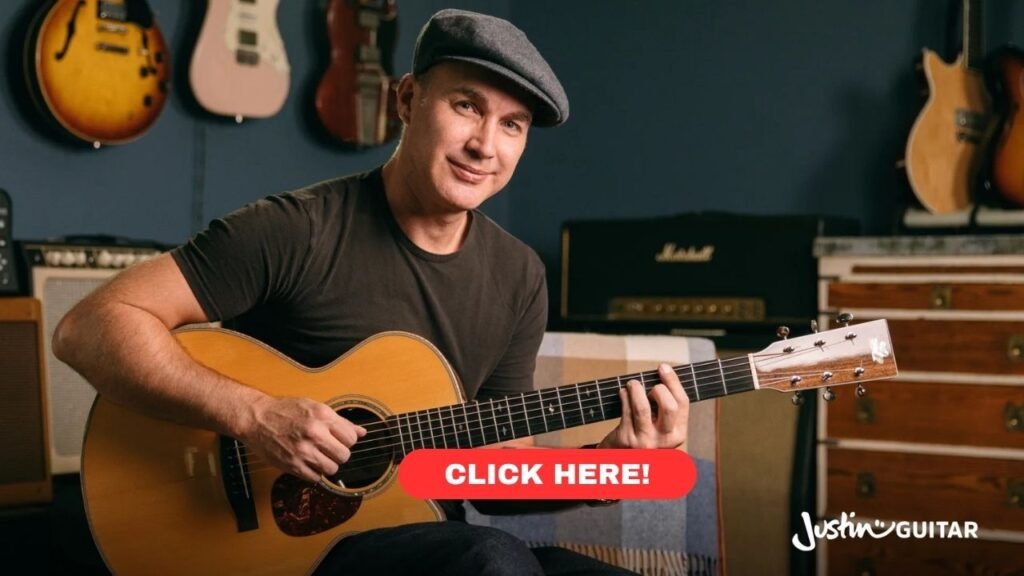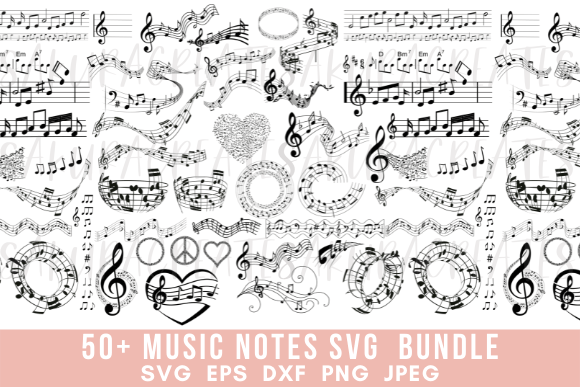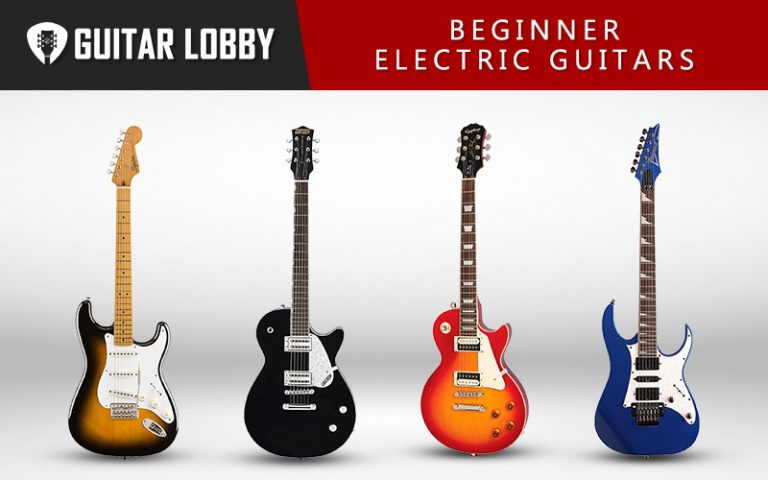Let’s Get This Show on the Road: Why Choosing the Right Guitar Matters
Okay, first things first. Why all the fuss about picking the “right” guitar? Can’t you just grab any old six-string and start jamming? Well, sure, technically you could. But, picture this: you’re trying to learn to ride a bike, and someone hands you a unicycle. Frustrating, right? It’s kinda the same with guitars.
A poorly chosen guitar can be a real motivation killer. Imagine wrestling with a giant, unwieldy beast that’s constantly slipping out of tune. Or, on the flip side, trying to make a tiny, toy-like instrument sound like your favorite rock anthem. Not exactly a recipe for success, is it? The right guitar, on the other hand, feels like an extension of yourself. It’s comfortable, it sounds decent, and it makes you want to pick it up and play. Essentially, a good beginner guitar sets you up for a smooth and enjoyable learning experience, increasing the chances you’ll stick with it and become the guitar hero you’re destined to be. For example, the right body size and shape can make a big difference in comfort and playability. A smaller-bodied guitar, like a parlor or 3/4 size, might be ideal for younger players or those with smaller hands, while a full-size dreadnought can feel unwieldy
Acoustic vs. Electric: The Great Guitar Debate
Ah, the age-old question: acoustic or electric? It’s like choosing between a cozy cabin in the woods and a penthouse apartment in the city. Both have their charms, and neither is “better” than the other. It really boils down to your musical taste and your living situation.
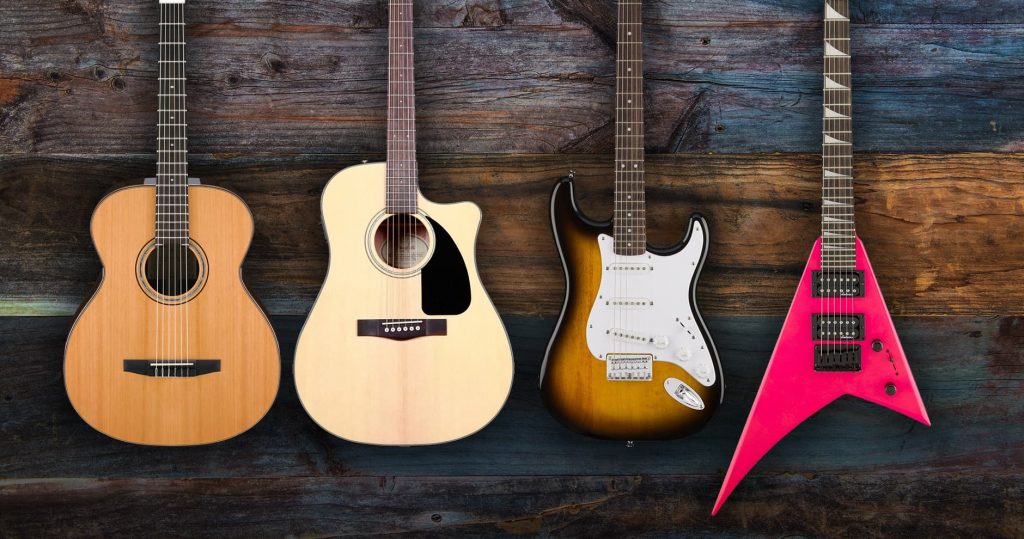
If you’re dreaming of strumming campfire songs or belting out soulful ballads, an acoustic might be your jam. Acoustics are self-contained. You don’t need any extra gear to make them sing (though a tuner is always a good idea). They’re also generally quieter than electrics, which can be a major plus if you’ve got thin walls or noise-sensitive neighbors. On the flip side, if you’re itching to unleash your inner rock god, an electric is the way to go. Electrics need an amplifier to be heard, which gives you more control over your sound. You can crank up the volume, add distortion, and experiment with all sorts of cool effects. Plus, let’s be honest, there’s just something undeniably cool about holding an electric guitar. Both are viable options when considering how to choose a guitar for beginners.
Body Talk: Understanding Guitar Shapes and Sizes
Alright, so you’ve decided on acoustic or electric. Now, let’s dive into the wonderful world of guitar shapes and sizes. Think of it like choosing a car: do you want a sporty coupe, a spacious SUV, or a practical hatchback?
- Acoustic Body Types:
- Dreadnought: The big daddy of acoustic guitars. Loud, boomy, and great for strumming. Think Johnny Cash.
- Concert/Grand Concert: Smaller and more comfortable than a dreadnought, with a more balanced tone. Good for fingerpicking and all-around playing.
- Parlor: The smallest of the bunch. Sweet, mellow sound, perfect for intimate settings and smaller players.
- Auditorium/Grand Auditorium Offers a fuller sound than a concert guitar, yet it’s not quite as big as a dreadnought.
- Electric Body Types:
- Solid-Body: The most common type. Dense and less prone to feedback at high volumes. Think Les Pauls and Stratocasters.
- Hollow-Body: Think big, jazzy guitars. Warm, resonant tone, but can be prone to feedback.
- Semi-Hollow: A hybrid of solid and hollow. Offers a blend of warm tone and feedback resistance.
Picking the right body type is all about comfort and sound. Don’t be afraid to try out a few different shapes and sizes to see what feels right in your hands. For instance, a beginner might find a solid-body electric easier to handle due to its thinner profile and lighter weight

Neck and Neck: What to Look for in a Guitar Neck
The neck is where the magic happens. It’s where you’ll be pressing down on the strings to create those sweet, sweet melodies. So, yeah, it’s pretty important.
First up, neck width. Wider necks give your fingers more room to move, which can be helpful when you’re first learning chords. Narrower necks are often preferred by players with smaller hands or those who like to play fast, intricate leads. Then there’s neck shape. Necks come in all sorts of profiles, from chunky “C” shapes to slim “D” shapes. It’s all about personal preference. Finally, consider the fretboard radius. This is the slight curve of the fretboard. A flatter radius is generally better for bending strings, while a rounder radius is often more comfortable for chording. It is really important to have a proper knowledge base of all of these things when researching how to choose a guitar for beginners. It has been noted that a thinner neck with a “C” or “D” profile is often more comfortable for beginners
Wood You Believe It? The Importance of Tonewoods
Believe it or not, the type of wood a guitar is made from has a huge impact on its sound. Different woods have different tonal qualities. Here’s a quick rundown:
- Spruce: A common top wood for acoustic guitars. Bright, clear, and responsive.
- Mahogany: Warm, mellow, and balanced. Used for both tops and bodies.
- Rosewood: Rich, complex, and resonant. Often used for fretboards and backs/sides.
- Maple: Bright, snappy, and focused. Commonly used for necks and bodies of electric guitars.
- Cedar: Produces a warm, “played-in” sound right out of the gate.
Now, don’t get too hung up on tonewoods when you’re just starting out. At the beginner level, the quality of construction is often more important than the specific type of wood. But it’s still good to have a basic understanding of how different woods can affect a guitar’s tone. Most beginner guitars use laminate woods, which are more affordable and durable than solid woods. While solid wood guitars generally offer a richer tone, they’re also more expensive and sensitive to humidity changes.
Budget Blues: How Much Should You Spend?
Okay, let’s talk turkey. How much should you realistically expect to spend on your first guitar? The good news is, you don’t need to take out a second mortgage to get a decent beginner instrument.
You can find perfectly playable beginner guitars in the $100-$300 range. Sure, you can spend more, but at this stage, it’s really not necessary. In fact, I’d actually recommend starting with a less expensive guitar. Why? Well, for starters, you might not even know if you’re going to stick with it. It’s better to dip your toes in the water with a budget-friendly instrument than to dive headfirst into a multi-thousand-dollar investment, only to discover that guitar just isn’t your thing. Secondly, as you progress, your tastes and preferences will likely change. The guitar you love as a beginner might not be the guitar you want to play a year or two down the road.
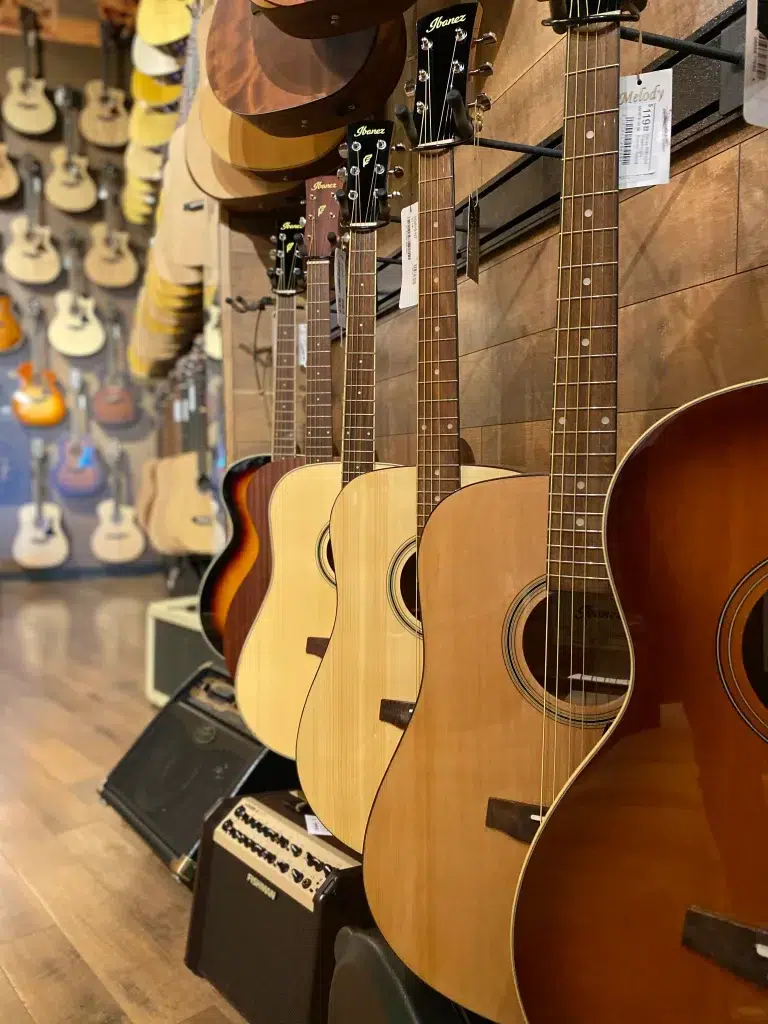
Setting Up for Success: The Importance of a Good Setup
Here’s a little secret that many beginners don’t realize: even a cheap guitar can play like a dream with a good setup. A setup is basically a tune-up for your guitar. It involves adjusting the neck, the string height (action), and the intonation (how well the guitar stays in tune across the fretboard).
A poorly set-up guitar can be a nightmare to play. The strings might be too high, making it difficult to press them down. Or the intonation might be off, meaning the guitar sounds out of tune even when you’re playing the right notes. A good setup can make a world of difference. It can transform a clunky, uncooperative instrument into a smooth, easy-playing machine. Most music stores offer setup services, and it’s usually well worth the investment. A proper setup ensures the guitar is in optimal playing condition, with adjusted string height, neck relief, and intonation for comfortable playing
Used vs. New: A Thrifty Musician’s Dilemma
Buying a used guitar can be a great way to save some cash. You can often find high-quality instruments for a fraction of the price of a new one. But, there are a few things to keep in mind.
First, make sure you know what you’re looking for. If you’re a complete beginner, it’s probably best to bring along a more experienced guitarist who can help you inspect the instrument. Second, be wary of deals that seem too good to be true. If a guitar is being sold for significantly less than its market value, there’s probably a reason. It could be damaged, or it might even be stolen. Finally, remember that used guitars don’t usually come with a warranty. So, if something goes wrong, you’re on your own. A new guitar gives the purchaser the advantage of the manufacture’s warranty.
FAQs: Your Burning Guitar Questions Answered
- Q: What are some good beginner guitar brands?
- A: Yamaha, Fender, Squier, Epiphone, Ibanez, and Takamine are all reputable brands that make excellent beginner guitars.
- Q: Should I buy online or in a store?
- A: If possible, try to buy from a local music store. That way, you can try out different guitars and get expert advice. Buying a guitar online can be risky, but, a return policy can make up for it.
- Q: What accessories do I need?
- A: At a minimum, you’ll need a tuner, some picks, and a case or gig bag. A strap is also essential if you’re playing electric.
- Q: How often should I change my strings?
- A: It depends on how often you play, but generally, you should change your strings every few months, or whenever they start to sound dull or feel rough.
- Q: How long will it take me to become proficient at the guitar?
- A: Well, learning is a journey. Consistent practice is key. Don’t fret, there are many tools available to make it easier, such as apps.
Wrap-Up: Your Guitar Journey Begins Now
Well, there you have it! You’re now armed with the knowledge you need to choose your first guitar with confidence. Remember, the most important thing is to find an instrument that inspires you to play. Don’t get bogged down in the details. Don’t be afraid to experiment. And most importantly, have fun!
Choosing your first guitar is an exciting step. It’s the beginning of a musical adventure that could last a lifetime. So go forth, find your perfect six-string soulmate, and start making some beautiful music! I hope you feel more confident when tackling how to choose a guitar for beginners. The right instrument can be your companion on a long and rewarding journey. This whole thing is a process, so enjoy the ride, and let the chords lead the way! There is no substitute for just getting out there and trying out the real thing.


